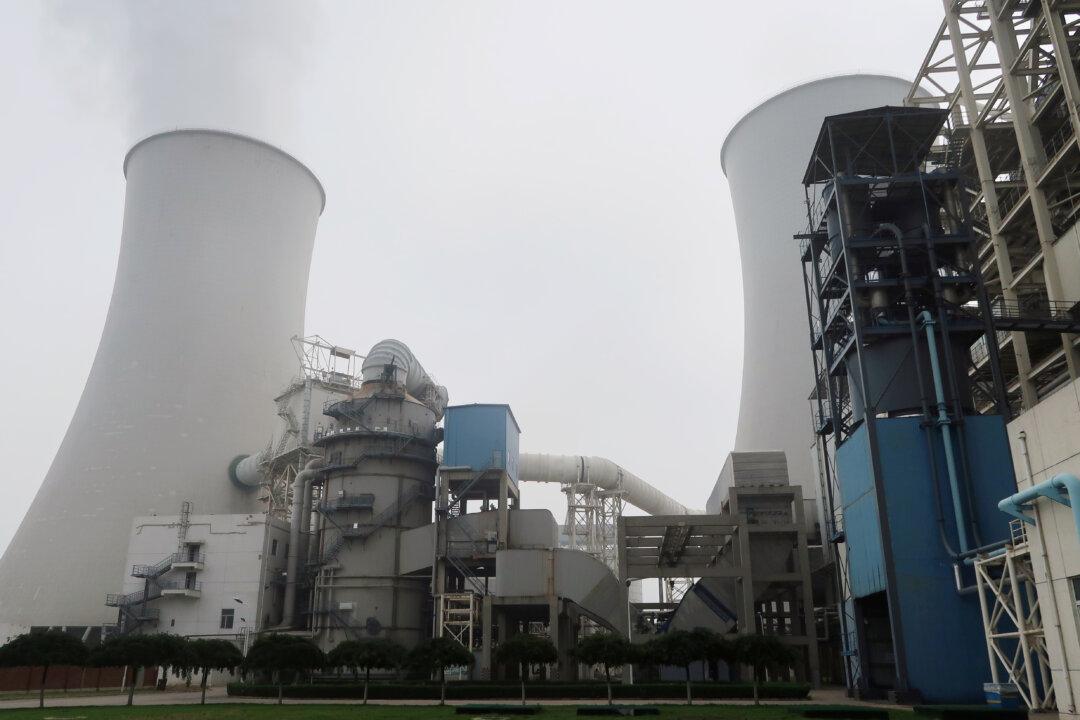BEIJING—China’s industrial power demand in 2020 may decline by as much as 73 billion kilowatt hours (kWh), according to IHS Markit, as the outbreak of the coronavirus has curtailed factory output and prevented some workers from returning to their jobs.
The cut represents about 1.5 percent of industrial power consumption in China. But, as the country is the world’s biggest electricity consumer, the loss is equal to the power used in the whole of Chile and it illustrates the scope of the disruption caused by the outbreak.





